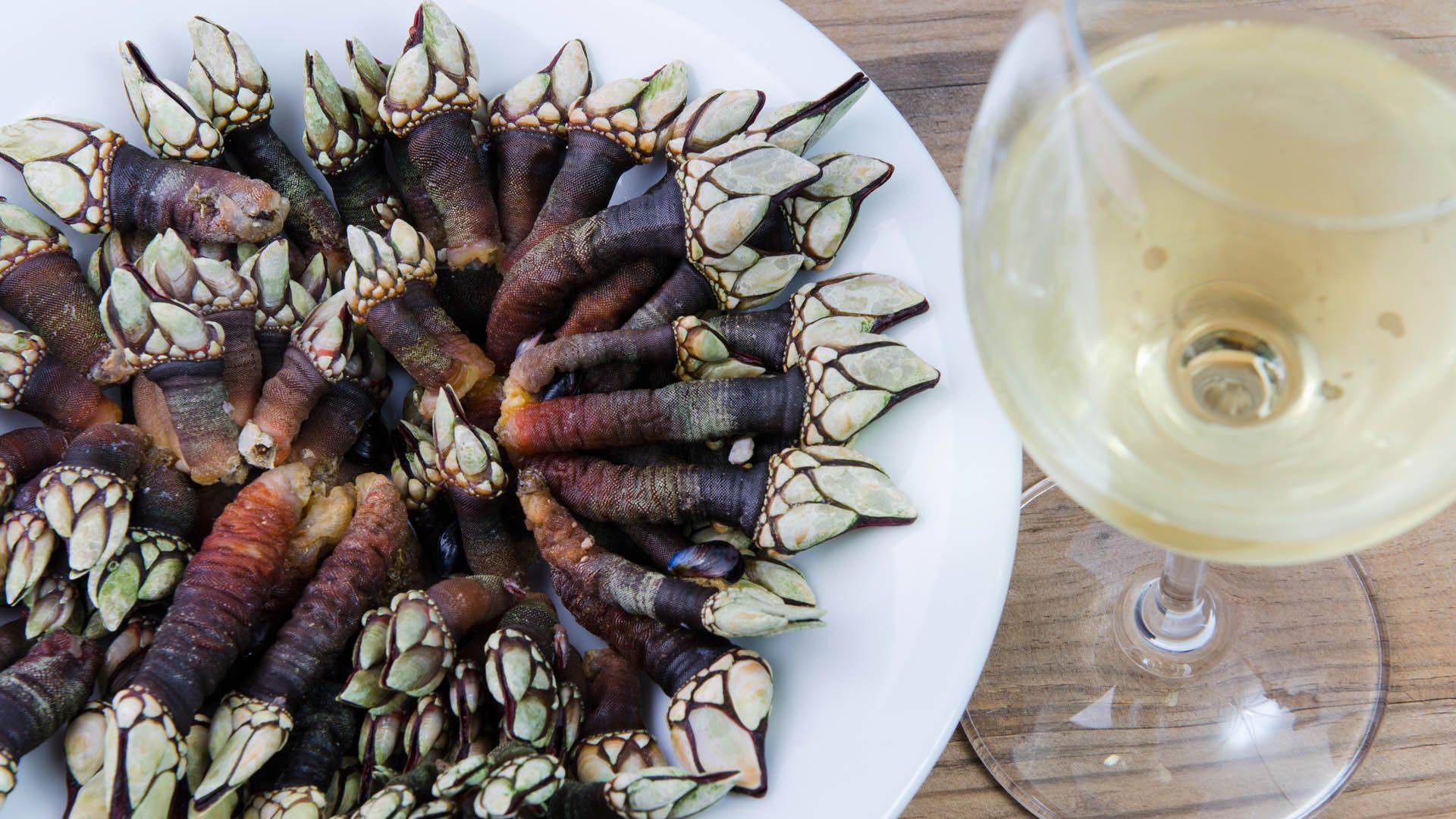written by
Rough Guides Editors
updated 25.07.2024
For over 40 years, Rough Guides has been a trusted name in travel, offering expert-curated guides, inspiring articles, and tailor-made trips. Our passionate team of writers and local travel specialists provide in-depth insights into destinations worldwide, from iconic landmarks to hidden gems. We help you travel smarter and experience the world authentically.
read more
Find even more inspiration here
Discover undefined's most captivating stories













